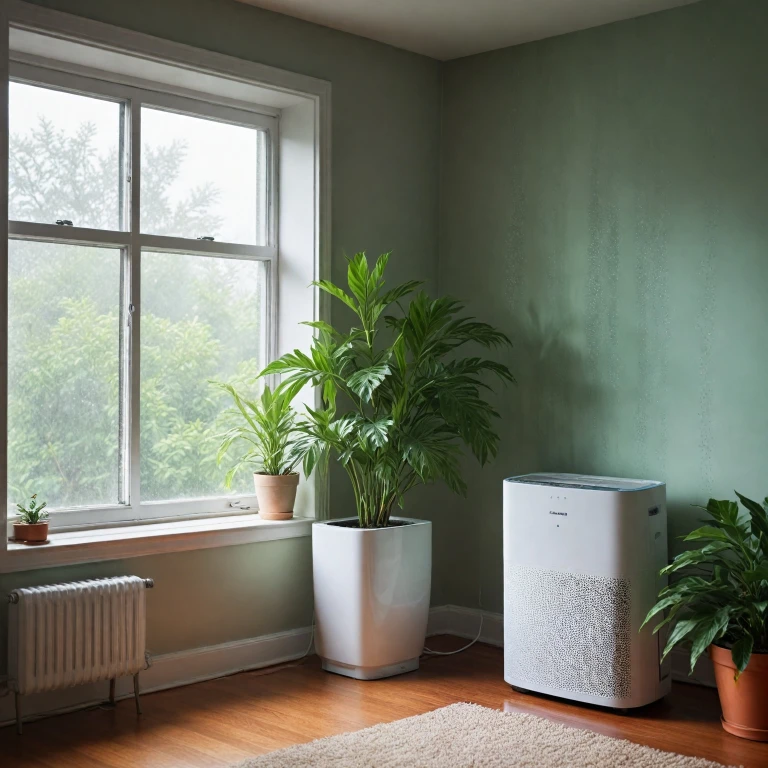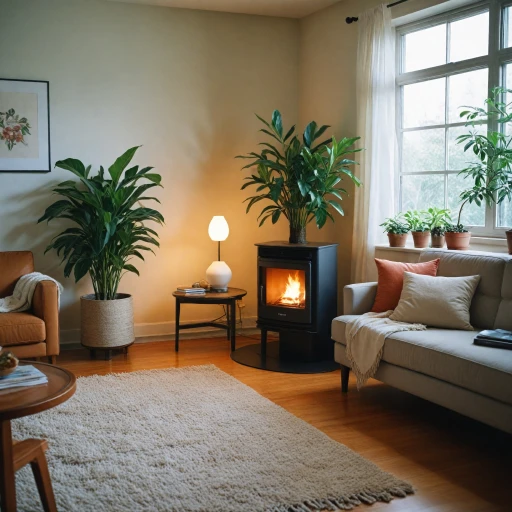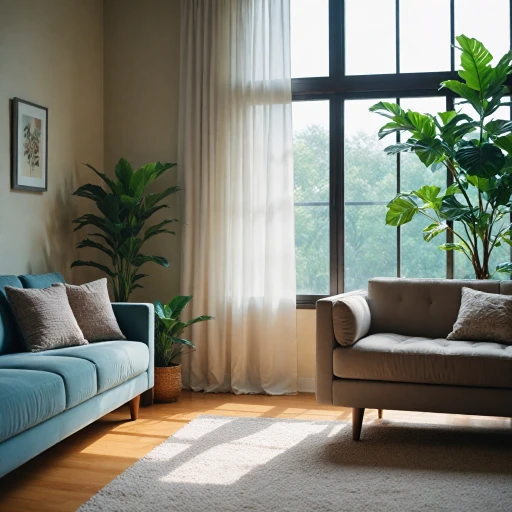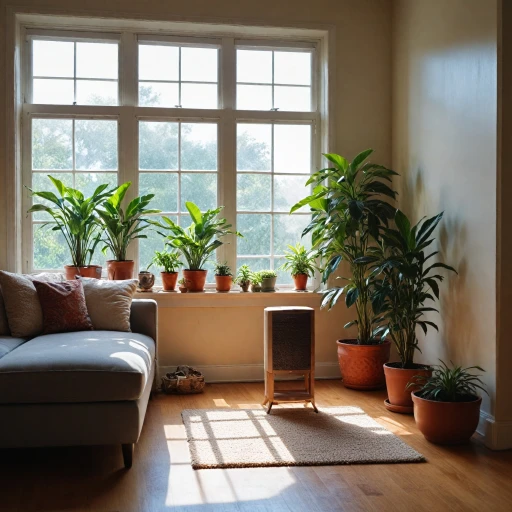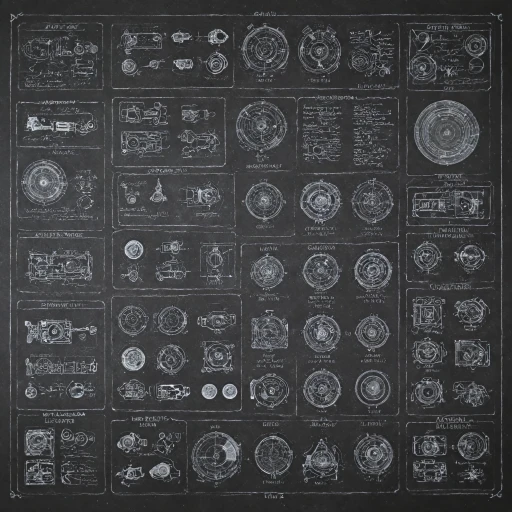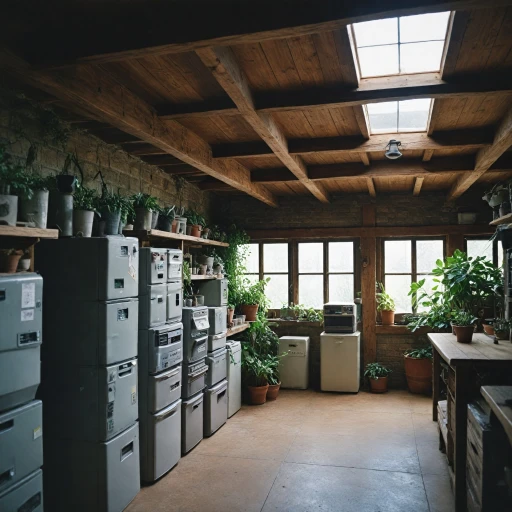What is an Air Purifier?
Introduction to Air Purifiers
Air purifiers play an essential role in improving indoor air quality by removing airborne particles such as dust, pollen, pet dander, and mold spores. These devices are particularly valuable for individuals dealing with allergies or respiratory issues, as they help maintain clean air in various indoor spaces. Air purifiers are equipped with filters, most notably High Efficiency Particulate Air (HEPA) filters, which are effective at capturing microscopic particles. Additionally, many air purifiers feature activated carbon filters that absorb fumes and odors, further enhancing the quality of the air you breathe. To achieve the best results, it's crucial to choose the right air purifier based on the specific requirements of your room or area. Factors such as room size, the number of particles present, and the desired level of air purification should be considered when selecting a suitable device. For those in unique living situations, understanding how to select the best air purifier is especially important. When considering the differences between air purifiers and other devices like dehumidifiers, it's important to note that while both contribute to a healthier living environment, they address different issues. While air purifiers focus on particle removal, dehumidifiers primarily regulate humidity levels to prevent issues like mold and excess moisture. For more insights into selecting an air purifier that fits your needs, whether for a specific room or environment, gain additional information by reading this guide on choosing the right air purifier for your college dorm room.Understanding Dehumidifiers
Delving Into the World of Dehumidifiers
Dehumidifiers are essential appliances that help maintain optimal indoor air quality by reducing excess moisture in the air. When humidity levels rise, it can lead to issues such as mold growth, dust mites, and moisture damage to your home. By regulating humidity, dehumidifiers ensure a healthier environment. Dehumidifiers work by drawing in humid air from the room. The air is then passed over cold coils, causing the moisture to condense into water droplets. As a result, the air released back into the room is significantly drier. This process is vital for preventing the growth of mold and mildew, known to thrive in high humidity environments. Beyond being a preventive measure against mold, these devices are also beneficial for those with allergies or respiratory problems. By lowering humidity levels, dehumidifiers can minimize the presence of airborne particles like dust mites and mold spores, which can exacerbate allergy symptoms. For spaces prone to high humidity such as basements or bathrooms, choosing a suitable device is critical. To explore this further, consider looking into choosing the right air purifier for your basement, where similar principles apply to dehumidifiers as well. While air purifiers focus on removing particles such as dust and pet dander from the air, dehumidifiers target moisture control. Understanding this difference is vital when deciding the best approach for improving indoor air quality.Key Differences Between Dehumidifiers and Air Purifiers
Distinguishing Between Air Purifiers and Dehumidifiers
Understanding the key differences between air purifiers and dehumidifiers is essential to enhance the indoor environment effectively. Air purifiers focus on improving indoor air quality by filtering out airborne particles such as dust, pollen, pet dander, and mold spores. They are equipped with filters, often high-efficiency particulate air (HEPA) filters, to efficiently trap dust mites and other minuscule particles. Advanced models may also include activated carbon filters to reduce odors and gases, helping to achieve clean air indoors. Dehumidifiers, on the other hand, are designed to manage humidity levels by removing excess moisture from the air. This is particularly useful in environments where high humidity can lead to issues such as mold mildew and dust mites proliferation. Dehumidifiers help prevent the growth of mold and mildew by maintaining a stable moisture level, thereby ensuring healthier air. Here’s a quick comparison:- Air Purifiers:
- Filters airborne particles.
- Equipped with HEPA or similar filters.
- Targets dust, pollen, pet dander, molds.
- Dehumidifiers:
- Controls air moisture levels.
- Prevents mold and mildew by reducing humidity.
- Best for moisture-prone areas.
When to Choose an Air Purifier
Ideal Scenarios for Using an Air Purifier
Air purifiers offer significant benefits in improving indoor air quality, making them an essential device in various scenarios. Below are key situations where opting for an air purifier could be advantageous:- Allergy Relief: If you suffer from allergies, an air purifier equipped with a HEPA filter can help trap dust, pollen, pet dander, and dust mites, significantly reducing allergens in the room.
- Asthma and Respiratory Issues: For individuals with asthma or other respiratory problems, clean air free from airborne particles and pollutants is crucial. Air purifiers can filter out small particles that may trigger respiratory distress.
- Indoor Air Quality Concerns: In urban areas or locations prone to pollution, using a purifier can contribute to healthier indoor air by minimizing pollutants from outside air.
- Presence of Smoke or Odors: Air purifiers with activated carbon filters are effective in removing smoke, cooking odors, and other volatile organic compounds, ensuring a fresher indoor environment.
- Pet Owners: Pets often bring in a variety of allergens and odors. Air purifiers can reduce pet-related particles, providing a more comfortable indoor space.
- Mold and Mildew: While air purifiers are not designed to eliminate moisture, they can help control mold spores and mildew, contributing to a healthier home environment by reducing the spread of these particles.
When to Opt for a Dehumidifier
Deciding Factors for Choosing an Air Purifier
When determining whether you should opt for an air purifier, consider several factors related to your indoor environment and personal health needs. Air purifiers are particularly effective in the following situations:- Concern About Air Quality: If improving the air quality in your home or office is a priority, an air purifier can help reduce airborne particles such as dust, pollen, pet dander, and dust mites. It utilizes HEPA filters or activated carbon filters to trap and remove these particles, ensuring clean air.
- Allergies and Asthma: For individuals suffering from allergies or asthma, an air purifier becomes essential as it can significantly decrease triggers by removing allergens from the air.
- Presence of Mold and Dust Issues: If your indoor space suffers from mold or excessive dust, an air purifier can help contain mold spores and dust particles. This reduces their potential impact on health and maintains a more comfortable living environment.
- High Sensitivity to Odors: Purifiers with activated carbon filters are useful in homes where odors from cooking, pets, or smoke are a concern, keeping your indoor air smelling fresh.
Combining Air Purifiers and Dehumidifiers
Benefits of Using Air Purifiers and Dehumidifiers Together
Integrating air purifiers with dehumidifiers can create a comprehensive indoor air quality solution that tackles multiple issues simultaneously. While air purifiers focus on eliminating airborne particles such as dust, pet dander, and pollen, dehumidifiers actively manage humidity levels, reducing excess moisture and curbing the growth of mold and mildew.
- Improved Air Quality: Air purifiers equipped with HEPA filters effectively trap allergens and pollutants, ensuring clean air circulation. When combined with a dehumidifier, the reduction in indoor humidity levels further diminishes the chance of mold spores and dust mites thriving.
- Mold Prevention: Mold thrives in high-humidity conditions. By managing moisture levels with a dehumidifier, you mitigate mold risks, while an air purifier captures any airborne mold particles, providing dual-layer protection.
- Reduced Allergens: A dehumidifier limits the moisture air that dust mites and mold need, while an air purifier filters out allergens. Together, they significantly decrease allergy triggers in the home.
- Dynamic Pairing for Varying Conditions: In environments with fluctuating humidity levels, like basements, using a purifier dehumidifier combination ensures both air quality and environmental humidity are kept in check.
It’s crucial to select appliances that suit the size of your room for optimal results. Consider models that balance performance with energy efficiency to maintain the best indoor air environment possible.
